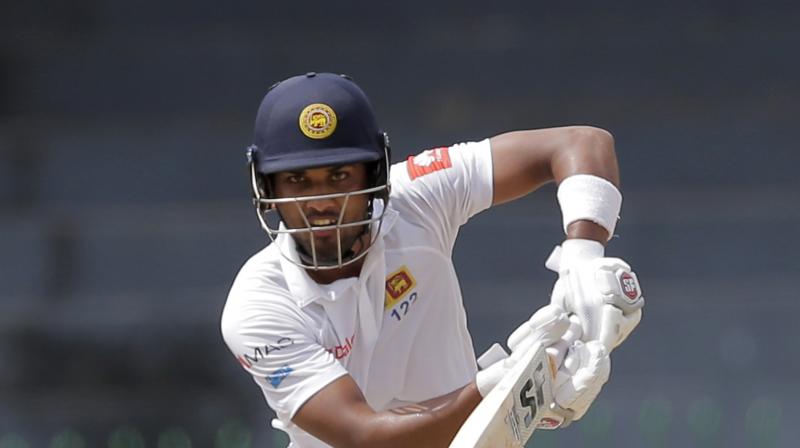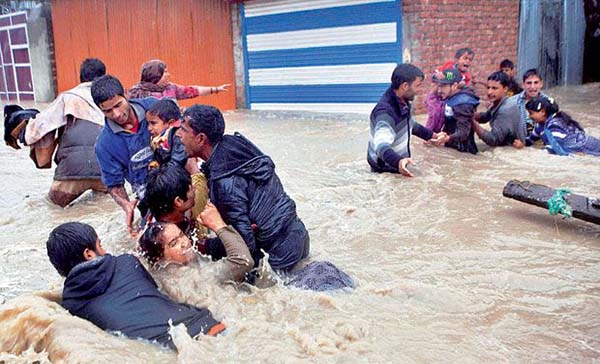
ISRO successfully launched nine foreign satellites, including Risat 2BR1, through the PSLV Sea 48 rocket. After a 23-hour countdown, the PSLVC-48 rocket from the launch of the Sriharikota launch went into full swing. The countdown for this is going on for 23 hours starting at 4.40pm on Tuesday. In fact, the countdown was supposed to start at 4.25pm, while the countdown to 4.30am seems to have started at 4.30am. The carrier crashed into the parking lot at around 3.25pm on Wednesday afternoon.
Another 9 satellites from overseas, including the Resat 2 BR1, weighing 628 kg, were launched by the PSLV Sea 48. Risat was launched into orbit at 576 km. Risat was initially detached from the vehicle and joined the Orbiter. The satellites of Japan, Israel and the US then split up and joined orbit. The launch of the PSLV SE-48 in ISRO history was ambitious. This is the 50th launch for the PSLV carrier .. It is the 75th launch from Sriharikota. The carrier launched the KeySat2BR1 satellites into orbit. This is the second such experiment conducted after Chandrayaan-2.
The security of the country is further strengthened by the RISAT-2 BR1 satellite. This satellite will carry clear information on enemy movements. Collects information about enemy radars to orbit low altitude. India relied on aircraft to collect information on enemy radars before conducting the Emissat launch. After the launch, the spacecraft will have the opportunity. Identifies where the enemy’s radars and communication systems are, and provides complete information and pictures of the geographical conditions of the enemy. Drones and balloons have been used for this purpose in the past, but now with the arrival of Imisat, it is possible to monitor for 24 hours.
In the history of ISRO, all the satellites launched from Sriharikota in one year are for military purposes. Japan’s QPS-SAR microwave satellite satellites, along with Risat 2 BR1, will be deployed.




